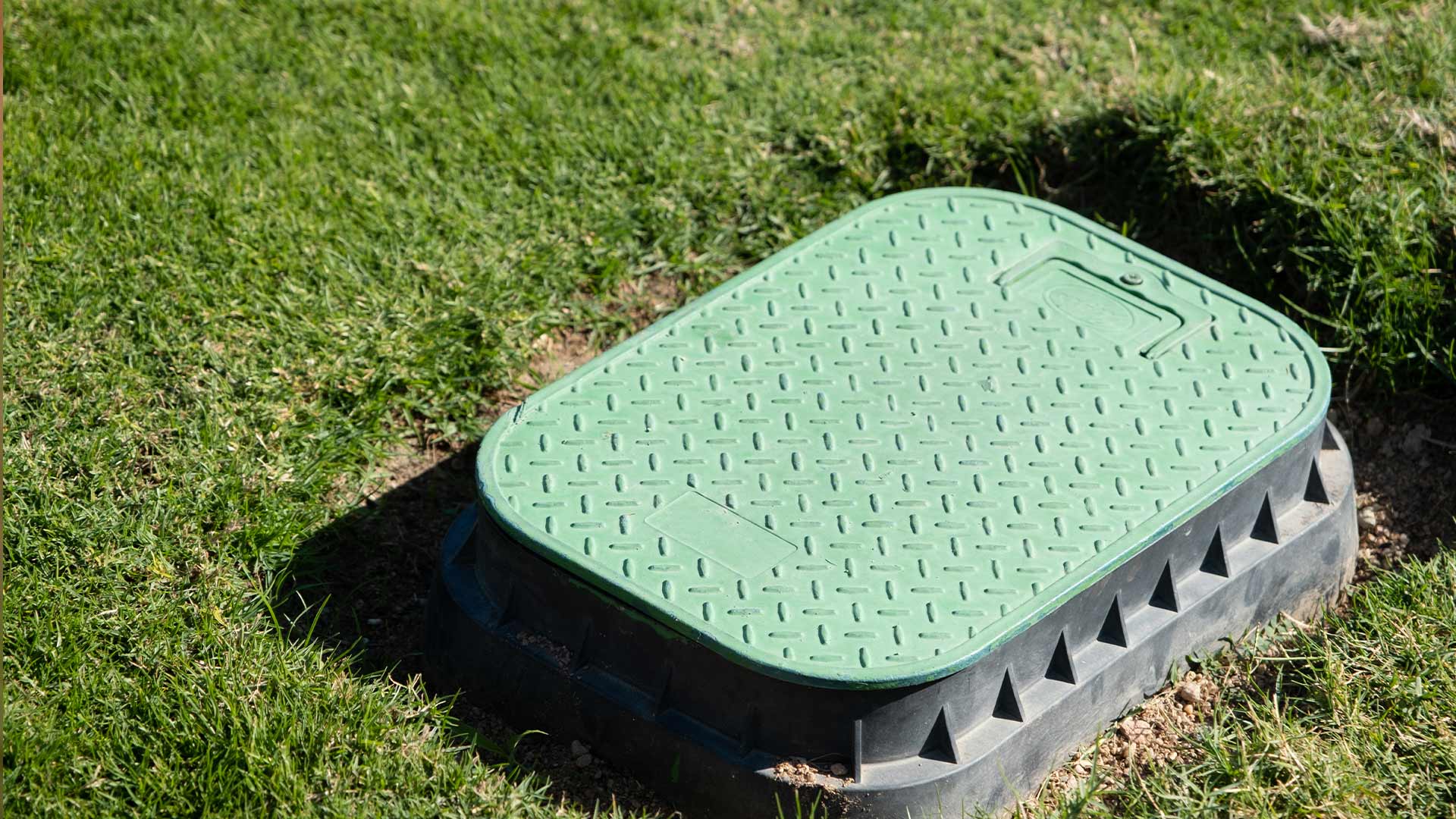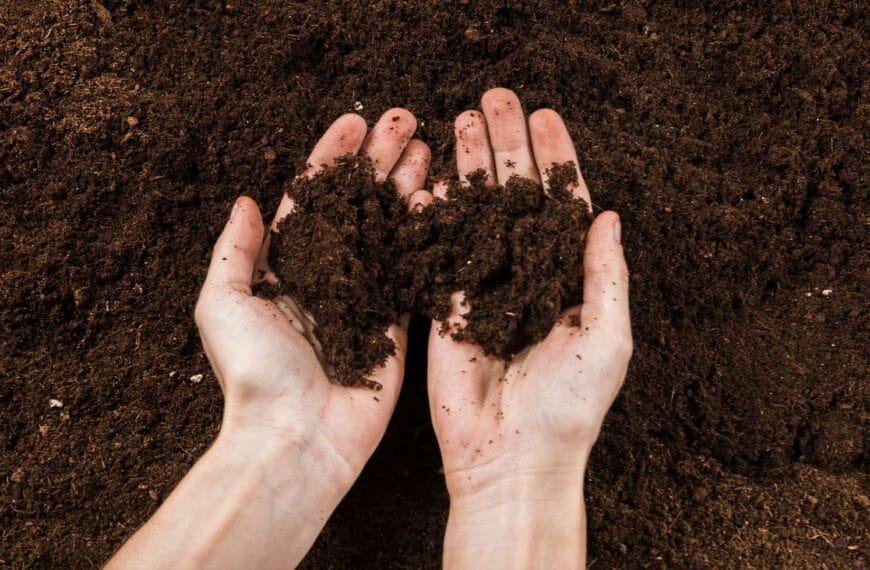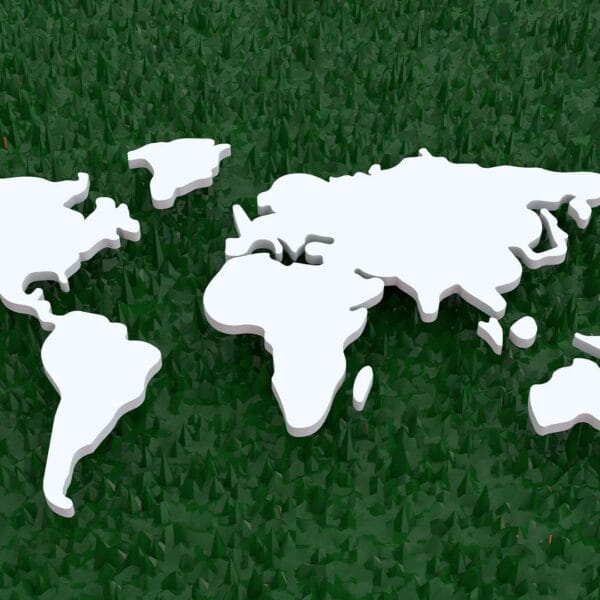A Comprehensive Guide to Drainage Pipework for Building Grass Tennis Courts
Introduction
Proper drainage is a critical component in constructing and maintaining high-quality grass tennis courts. Effective drainage systems ensure that the playing surface remains dry, stable, and safe, preventing waterlogging and promoting healthy grass growth. This guide will delve into the materials and methods required to install efficient drainage systems for grass tennis courts, focusing on both sustainable and conventional materials. We will also explore best practices for laying drainage in temperate and hot climates to ensure optimal performance regardless of environmental conditions.
Importance of Proper Drainage in Grass Tennis Courts
- Maintains Playability: Effective drainage prevents water accumulation on the court surface, ensuring that matches can proceed even after rainfall and reducing downtime.
- Promotes Grass Health: Adequate drainage prevents root rot and fungal diseases by avoiding excessive moisture in the soil, leading to healthier and more resilient grass.
- Prevents Surface Damage: Properly drained courts are less susceptible to surface deformation, such as sinking or unevenness, which can affect gameplay and player safety.
- Enhances Longevity: A well-designed drainage system reduces maintenance costs and extends the lifespan of the tennis court by preventing structural damages caused by water infiltration.
Planning the Drainage System
Before selecting materials and beginning installation, thorough planning is essential. Consider the following steps:
1. Site Assessment
- Soil Type Analysis: Determine the soil composition (e.g., clay, loam, sandy) as it affects water permeability and drainage needs.
- Topography Evaluation: Analyze the natural slope and elevation of the site to design an effective drainage layout.
- Climate Consideration: Understand local weather patterns, including rainfall intensity and frequency, to tailor the drainage system accordingly.
- Groundwater Levels: Check for high water tables which may require more extensive drainage solutions.
2. Designing the Drainage Layout
- Perimeter vs. Subsurface Drainage:
- Perimeter Drainage: Collects and redirects surface water around the court’s edges.
- Subsurface Drainage: Removes water from beneath the playing surface, essential for grass health.
- Drainage Patterns:
- Herringbone Pattern: Commonly used, especially effective for rectangular areas like tennis courts.
- Grid Pattern: Provides uniform drainage, suitable for flat terrains.
- Drainage Capacity Calculation: Ensure the system can handle peak water volumes based on historical rainfall data.
3. Selecting Appropriate Materials
- Consider both traditional and sustainable materials based on budget, environmental impact, and performance requirements.
Materials for Drainage Systems
1. Conventional Materials
a. Pipes
- PVC (Polyvinyl Chloride) Pipes
- Advantages: Lightweight, durable, easy to install, and resistant to corrosion.
- Usage: Commonly used for both perforated (for subsurface drainage) and solid pipes (for carrying water away).
- HDPE (High-Density Polyethylene) Pipes
- Advantages: High strength, flexibility, and chemical resistance; suitable for various soil conditions.
- Usage: Ideal for areas with variable temperatures due to their expansion properties.
b. Aggregates
- Gravel
- Advantages: Excellent water permeability, provides structural support.
- Usage: Used as a bedding and backfill material around drainage pipes.
- Sand
- Advantages: Enhances filtration, prevents soil clogging.
- Usage: Layered above gravel to improve drainage efficiency.
2. Sustainable Materials
a. Recycled Materials
- Recycled Plastic Pipes
- Advantages: Reduces environmental footprint, often comparable in durability to virgin materials.
- Usage: Suitable for both perforated and solid drainage applications.
- Crushed Concrete or Brick
- Advantages: Repurposes construction waste, provides effective drainage.
- Usage: Used as an alternative to natural aggregates like gravel.
b. Natural and Permeable Materials
- Coconut Coir Logs
- Advantages: Biodegradable, enhances soil structure, promotes water filtration.
- Usage: Used in conjunction with traditional drainage to support soil stabilization.
- Permeable Geotextiles
- Advantages: Prevents soil erosion, allows water passage while filtering sediments.
- Usage: Wrapped around drainage pipes or laid over drainage layers to maintain system integrity.
c. Sustainable Pipe Options
- Bamboo Pipes
- Advantages: Renewable, biodegradable, suitable for low-impact projects.
- Usage: Applicable in areas where traditional materials are scarce or for temporary drainage solutions.
Installation of Drainage Systems
1. General Installation Steps
Step 1: Marking and Excavation
- Layout Marking: Use stakes and strings to mark the planned drainage routes based on the chosen pattern (e.g., herringbone).
- Excavation: Dig trenches according to the planned depth and slope, ensuring consistent gradient for effective water flow (typically 1-2% slope).
Step 2: Preparing the Trench Base
- Base Layer: Add a layer of coarse gravel at the bottom of the trench to support the pipe and facilitate water movement.
- Leveling: Ensure the gravel base follows the intended slope accurately.
Step 3: Laying the Pipes
- Pipe Placement: Lay perforated pipes on the prepared gravel base for subsurface drainage; use solid pipes to carry water away from the court.
- Joining Pipes: Securely connect pipe sections using appropriate fittings to prevent leaks and ensure structural stability.
- Wrapping with Geotextile: Encase pipes with permeable geotextile fabric to prevent soil and sediment infiltration.
Step 4: Backfilling
- Initial Backfill: Cover the pipes with additional gravel to a specified depth, maintaining the slope.
- Secondary Layer: Add a layer of sand above the gravel for improved filtration and support.
- Final Backfill: Replace the excavated soil, compacting it gently to restore ground level without impeding drainage efficiency.
Step 5: Surface Preparation
- Soil Grading: Grade the surface to ensure proper runoff and prevent puddling.
- Grass Installation: Proceed with planting or laying turf, ensuring compatibility with local climate and soil conditions.
2. Climate-Specific Considerations
a. Temperate Climates
- Challenges:
- Regular and sometimes heavy rainfall.
- Seasonal temperature variations leading to ground movement.
- Design Adjustments:
- Increased Drainage Capacity: Install larger or additional pipes to handle high volumes of water.
- Frost Protection: Lay pipes below the frost line to prevent damage from ground freezing and thawing cycles.
- Soil Stabilization: Use geotextiles and adequate backfill materials to maintain trench integrity during wet conditions.
- Material Selection:
- Durable Pipes: Opt for materials like HDPE which can withstand temperature fluctuations.
- Efficient Aggregates: Use high-quality gravel and sand to ensure consistent drainage throughout wet seasons.
b. Hot Climates
- Challenges:
- Less frequent but intense rainfall events.
- High evaporation rates leading to rapid drying of soil.
- Potential for soil cracking and instability.
- Design Adjustments:
- Shallower Drainage Systems: Due to lower water volumes, trenches can be shallower but should still maintain proper slope.
- Moisture Retention Layers: Incorporate layers that help retain some moisture to support grass health.
- Erosion Control: Use materials and designs that minimize soil erosion during sudden heavy rains.
- Material Selection:
- Heat-Resistant Pipes: Choose materials that can withstand high temperatures without deforming.
- Sustainable Materials: Utilize natural and permeable materials like coconut coir to support soil health and stability.
- Drought-Resistant Grasses: Plant grass varieties that are resilient to dry conditions, reducing irrigation needs.
Maintenance of Drainage Systems
- Regular Inspections: Check for blockages, damages, or signs of inefficiency, especially after heavy rains.
- Cleaning and Flushing: Periodically clean pipes and drains to remove sediments and debris.
- Surface Care: Maintain proper grass health through appropriate mowing, aeration, and irrigation practices.
- Repairs and Upgrades: Promptly address any issues and consider upgrades to improve performance over time.
Conclusion
Implementing an effective drainage system is essential for constructing and maintaining high-quality grass tennis courts. By carefully selecting appropriate materials—whether conventional or sustainable—and adhering to best installation practices tailored to specific climate conditions, you can ensure a durable, safe, and optimal playing surface. Proper planning, execution, and maintenance of the drainage system will not only enhance playability but also contribute to the longevity and environmental sustainability of the tennis court.
Additional Resources
- United States Tennis Association (USTA) Court Construction Guidelines
- International Tennis Federation (ITF) Facility Manual
- Sustainable Sports Turf Management Practices
- Local Climate and Soil Data Sources
By following this comprehensive guide, builders and groundskeepers can effectively design and implement drainage systems that meet the specific needs of grass tennis courts across various climates, ensuring excellent playing conditions and promoting environmental sustainability.
Drainage Material Suppliers
The following is a list of Drainage Material Suppliers. These suppliers offer high-quality products designed specifically for building and maintaining grass tennis courts.
UK
Polypipe Civils & Green Urbanisation
Sales Team
+44 (0) 1709 770000
Polypipe is a leading UK supplier of sustainable water management solutions, including drainage pipework for sports surfaces like grass tennis courts. Their systems are designed to efficiently manage water flow and prevent waterlogging, ensuring that courts remain playable in all weather conditions.
USA and Canada
ADS (Advanced Drainage Systems)
https://www.ads-pipe.com
Customer Support
+1 800 821 6710
ADS is a prominent North American supplier of drainage solutions, providing high-performance pipework systems for sports fields, including grass tennis courts. Their products are engineered to handle large volumes of water, ensuring effective drainage and maintaining the integrity of the playing surface.
Europe
Wavin
Sales Team
+31 38 429 4911
Wavin is a leading European supplier of plastic pipe systems and solutions, including drainage systems for sports facilities like grass tennis courts. Their products are known for their durability and effectiveness in managing water drainage, ensuring that sports surfaces remain dry and safe for play..
Australia
Vinidex Pty Ltd
Customer Service
+61 1300 846 433
Vinidex is a leading Australian supplier of plastic piping systems, including drainage solutions for grass tennis courts. Their products are designed to withstand Australia’s harsh environmental conditions, ensuring effective water drainage and the long-term durability of sports surfaces..
Z
Sales Team
+61 7 3260 6555
Rocla is another prominent Australian supplier of precast concrete and plastic drainage systems, providing solutions specifically designed for the effective drainage of grass tennis courts. Their systems are known for their durability and capacity to manage large volumes of water, ensuring that courts remain playable in all weather conditions.
These suppliers offer specialized drainage solutions that are essential for maintaining the quality and playability of grass tennis courts, ensuring that excess water is efficiently managed and the courts remain in optimal condition year-round.











